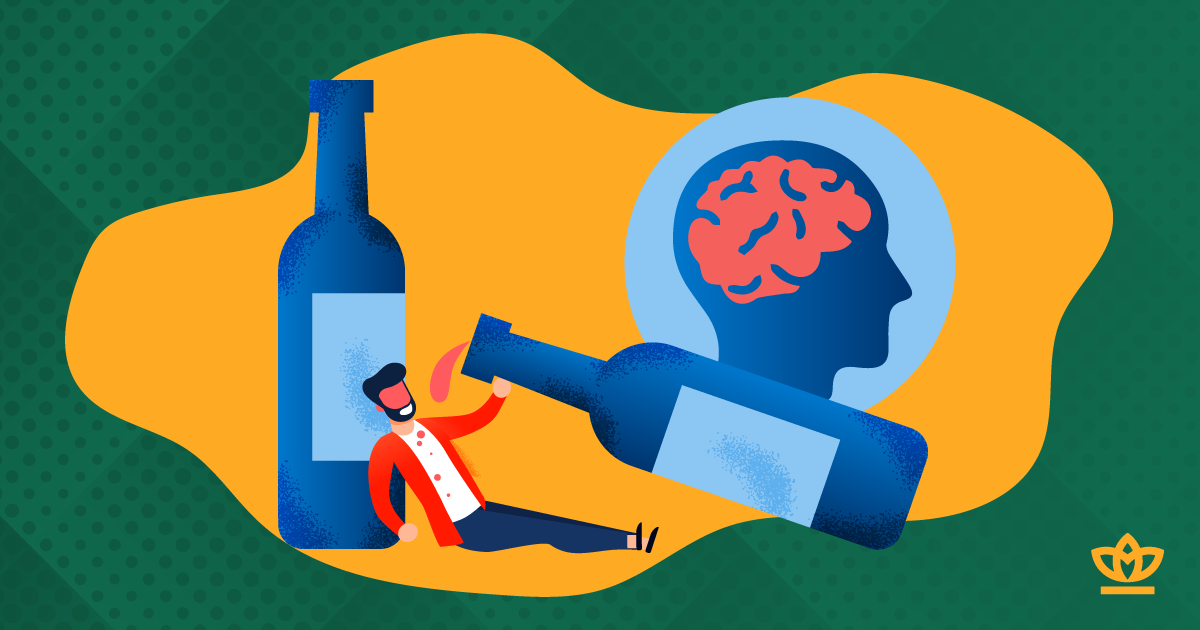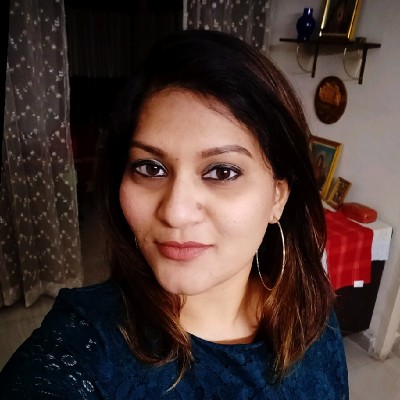Breaking the stigma attached to mental health in India

Do you remember your first swear words? For many of us 80s and 90s kids it was ‘donkey’, ‘idiot’ and ‘stupid’. However, the most popular ones used freely not just by kids but even young adults were ‘pagal’, ‘screw-loose’, ‘yeda’, ‘mad’ or ‘mental patient’. These swear words were somehow much worse and made one feel less than.
The stigma associated with mental health begins at a very young age. When the word ‘mental patient’ is considered a swear word, can you imagine how much worse it would be for an actual mental health patient. In India, this shame associated with mental illnesses runs deep. A simple search on the internet will throw pages upon pages of articles about patients with mental health problems being tied up in chains, or being locked in rooms, or being physically assaulted by fake healers and gurus. It’s no wonder that many people with mental illnesses contemplate suicide or commit suicide. In fact, suicide is the leading cause of death among the age group of 15–29 in India. These young lives could have been saved if there was no stigma around mental health and easy access to free mental health resources like counselling and medicines.
India’s mental health crisis in statistics
The World Health Organization (WHO) labelled India as the world’s ‘most depressing country’. Nearly 56 million Indians suffer from depression and 38 million suffer from anxiety disorders. 7.5 % of Indians suffer from some form of mental disorder and almost 20% of Indians most likely will suffer from mental ailments in the near future. With the Covid-19 pandemic, these numbers are sure to have risen.
The Indian government is aware of this problem and is taking measures to safeguard the rights of patients suffering from mental health problems. However, India has expended only 0.05 percent of its health budget annually on mental health in the past few years, which is an appalling 33 paisa per mental health sufferer for an entire year.
The preferred number of psychiatrists and psychologists per 100,000 population is considered three and above, however, in India, that number stands at 0.07. There is a shortfall of over 18,000 mental health practitioners. India has only 122 Government-run de-addiction centres, 29 Drug Treatment Centres (DTCs), and 216 Opioid Substitution Therapy (OST) centres.
Moreover, WHO estimates that from the year 2012 to 2030, the economic loss due to mental health conditions will be a whopping USD 1.03 trillion.
Breaking the stigma through mental health awareness
There was a time when people suffering from AIDS were ostracized from society. Today, they are active members of society and many go on to lead fulfilling social and personal lives. This came about due to constant public awareness about how AIDS is contracted and how it’s not a moral failing for a person to be HIV positive.
We need the same kind of all-out awareness when it comes to mental health illnesses and issues. While the government has been running programmes like National and District Mental Health Programs and the National Rural Health Mission, there are many more ways through which these stigmas towards mental health can be overcome.
Media – In 2015, Deepika Padukone, an A-list actor opened up about her battle with depression and anxiety. The simple act of speaking to the public about her struggles helped spread the message that mental illness is like any other physical illness that can be treated with medicines and counselling and that it is not a moral, social or physical failing.
Media of all forms, be it newspapers, periodicals, television shows, radio programmes, blogs, etc., can highlight the simple message that mental ailments can affect anyone and it does not differentiate between caste, class, gender or age. It can be used to encourage people to seek treatment for their own mental health problems, or help their friends and family who need assistance.
Social media is truly an influential tool. Facebook, Instagram, WhatsApp can be powerful mediums to spread the message about mental health awareness. People can openly show their support to friends or family members who have opened up socially about their mental health struggles. One can share resources and articles about mental health illnesses, the symptoms, where and how to seek help. Thanks to mobile and internet penetration even in the remotest parts of the country, this information can reach rural places where misinformation and prejudice against mental illnesses is rife.
Educational institutes – Many chronic and debilitating mental ailments begin before the age of 24, a time period when most are still part of some educational institute. Topics about mental health should be a part of the school curriculum. Children should be taught to not discriminate against people with mental ailments, to identify the symptoms, to ask for help if they need it and how to access resources for assistance both in the public and private domain.
Corporate and Industry – In 2019, Mental Health Research UK conducted a study that found that a whopping 42.5 percent of the employees in India’s corporate sector suffer from depression or an anxiety disorder. When almost every second employee is suffering from depression, the corporate sector needs to do something concrete to alleviate this situation. The Human Resource department of every company should make provisions for employees to seek discreet counselling and help. Just like the implementation of the POSH Act (Prevention of Sexual Harassment) at the workplace, there should also be some policy for the prevention of mental harassment by reporting heads, seniors or co-workers.
As an individual, you can do a lot in breaking the stigma around mental health. If you suspect a friend or a family member has some issues with their mental health, then reach out to them, be respectful of their privacy but at the same time assist them in accessing the help they need. Be supportive and help create a positive environment around them. If you are in a position of authority where you can bring a change in your building/ society, or your workplace, or your educational institute or your locality or zone, then take up the mantle of spreading information about mental health, how it’s normal and where to seek help.
India may still be a long way from becoming a truly progressive society where it accepts its people with mental ailments without any judgement and bias. However, you and I, with our every step and with our every action, can shorten this distance and make this country a society that accepts people with mental illnesses with kindness and love.
Sources
Srivastava, K., Chatterjee, K. and Bhat, P. (2016, Jul-Dec) Mental health awareness: The Indian scenario. Industrial Psychiatry Journal
https://www.ncbi.nlm.nih.gov/pmc/articles/PMC5479084/
Rathore, H. (2020, March) How Committed Is India to Mental Health? The Diplomat
https://thediplomat.com/2020/03/how-committed-is-india-to-mental-health/
Bhatia, A. (2020, Oct) World Mental Health Day 2020: In Numbers, The Burden Of Mental Disorders In India. NDTV.com
Mental Health. WHO publication
https://www.who.int/india/health-topics/mental-health
ETHealthWorld (2020, Feb) What India must do to solve its mental health crisis?
Patel V, Ramasundarahettige C, Vijayakumar L, Thakur JS, Gajalakshmi V, Gururaj G, et al. (2012, June) Suicide mortality in India: A nationally representative survey. Lancet.
https://pubmed.ncbi.nlm.nih.gov/22726517/














